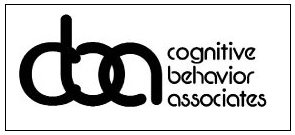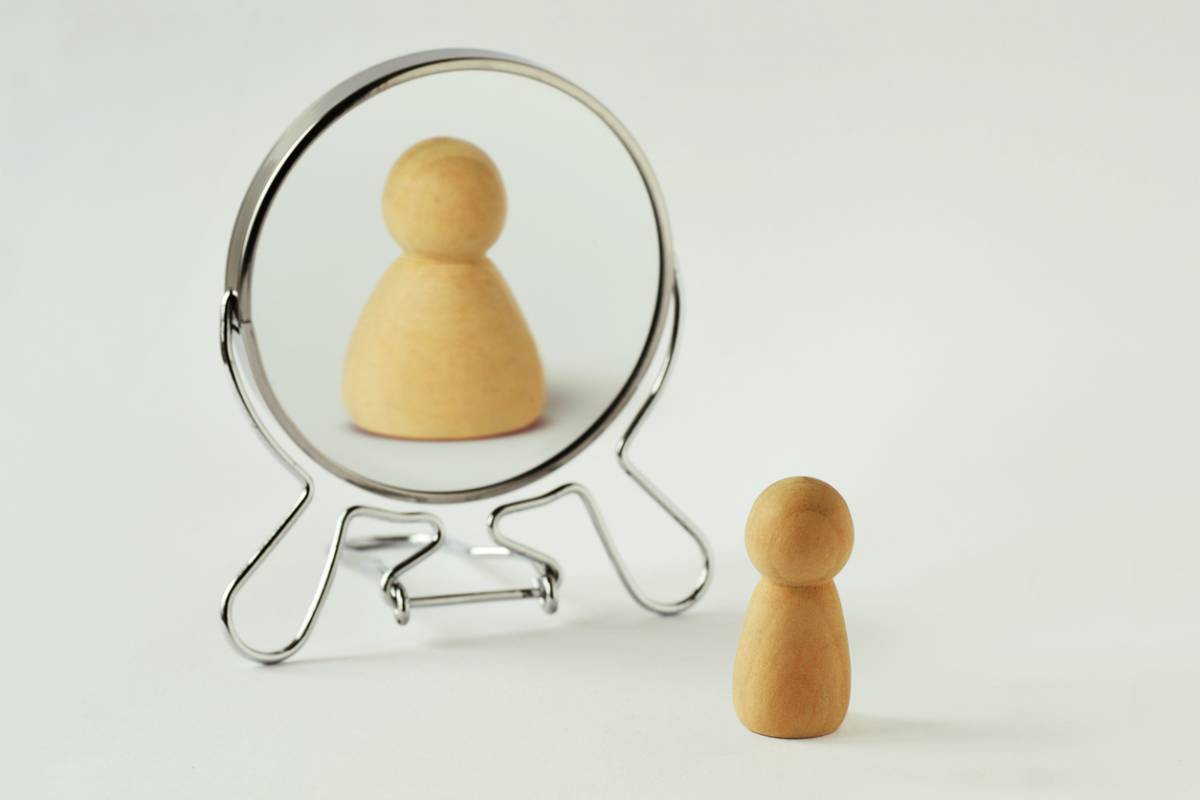TikTok took over social media a few years back and has become a common part of so many people’s daily life. While many who don’t use the social media app think it’s a silly dancing platform for teens, it actually encompasses so much more. From videos that teach you how to garden or motivate you to exercise, the algorithm caters to each user’s unique needs. However, there are some drawbacks to the app, just like with every other social media app. You may wonder, does TikTok cause body dysmorphia? Below you will find more information about the impact of the app on user’s mental health.
Does TikTok Cause Body Dysmorphia?
Certain unique features on TikTok make it different from other platforms. The app has two different sources that provide users with videos, also referred to as “content.” One source includes those who users are actively following. The creators’ videos that users are following show up on that specific feed. In addition to the feed of creators that users are following, there is also a feed referred to as the “for you page” or “FYP.”
The FYP utilizes cutting-edge algorithmic technology to provide users with content that is based on their personal data, including how they interact with certain videos. In some cases, the content on the FYP can be highly impactful on one’s mental health and body image. Even further, TikTok can even cause body dysmorphia, which is a mental health condition where a person becomes overly preoccupied with perceived flaws or defects in their appearance. Content including attractive influencers, the use of beauty filters, and the push for weight loss can be highly impactful to users, especially women and teens.
Research Findings Regarding TikTok’s Impact on Users
TikTok has recently emerged and become popular in just the last few years. Because of this, there isn’t any date that shows the direct, long-term impact of the platform on users’ body image. However, there is preliminary data that shows the impact and how it affects users. Consider the following if you send more than 30 minutes each day on the social media platform.
Increased Body Dissatisfaction:
Research has shown that TikTok is detrimental to one’s body image. In fact, TikTok usage is associated with body dissatisfaction. The platform also caused increased upward appearance and body surveillance which increases body dissatisfaction even more. Upward appearance refers to appearance-based social comparisons, specifically those made to others with perceived “better” bodies. Additionally, body surveillance is a preoccupation with monitoring one’s physical appearance and attractiveness.
Body “Not So” Positive Content:
There has been an increase in body positivity which aims to promote acceptance and appreciation of a diversity of body times and sizes. However, the social capital that comes with beauty and thinness is often not impacted by the theory of “body positivity.” Research indicates that even content focused on body positivity consumed by users increased appearance comparisons indicating that the movement does the opposite of what it aims to achieve.
Therapy for Body Dysmorphia
Body dysmorphia is a serious mental health condition that can lead to problems at work or home, substance abuse, eating disorders, and even social isolation. It is imperative to seek treatment if you experience the condition. If you have a loved one who suffers from body dysmorphia, use care and caution when talking to them about the condition. The most effective treatment is therapy for body dysmorphia as it can address the thoughts and emotions that lead people to experience the condition. For those who do not want to participate in individual therapy right away, a behavioral therapy group focused on body dysmorphia can also be effective in addressing the issue.

